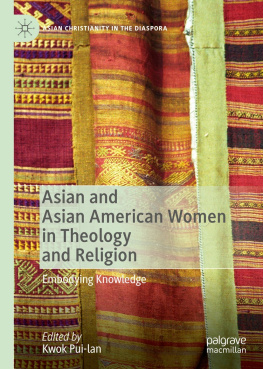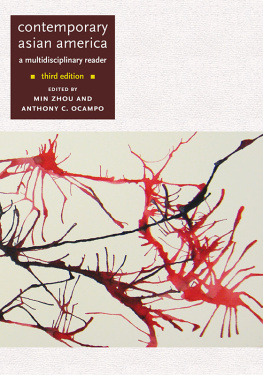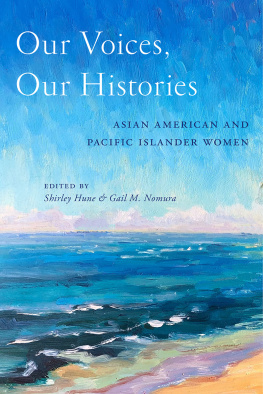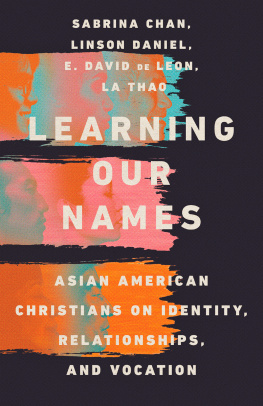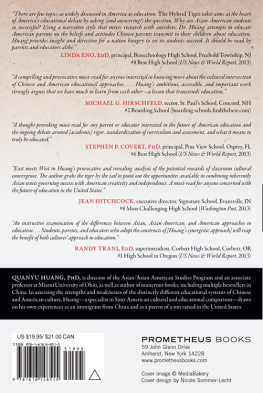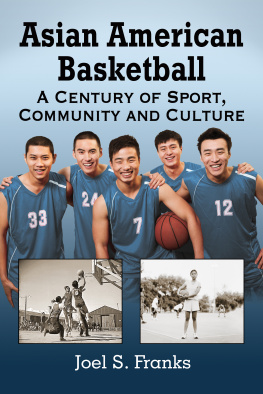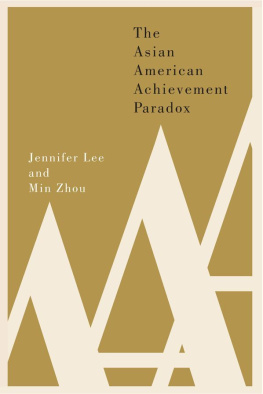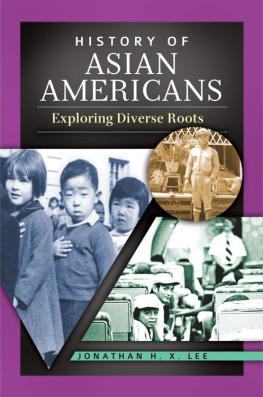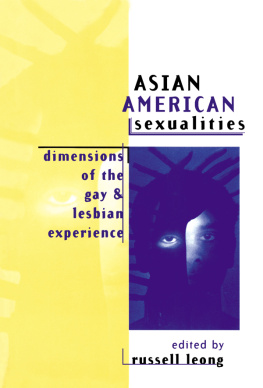Stacy J. Lee - Unraveling the Model Minority Stereotype: Listening to Asian American Youth
Here you can read online Stacy J. Lee - Unraveling the Model Minority Stereotype: Listening to Asian American Youth full text of the book (entire story) in english for free. Download pdf and epub, get meaning, cover and reviews about this ebook. year: 2009, publisher: Teachers College Press, genre: Politics. Description of the work, (preface) as well as reviews are available. Best literature library LitArk.com created for fans of good reading and offers a wide selection of genres:
Romance novel
Science fiction
Adventure
Detective
Science
History
Home and family
Prose
Art
Politics
Computer
Non-fiction
Religion
Business
Children
Humor
Choose a favorite category and find really read worthwhile books. Enjoy immersion in the world of imagination, feel the emotions of the characters or learn something new for yourself, make an fascinating discovery.
- Book:Unraveling the Model Minority Stereotype: Listening to Asian American Youth
- Author:
- Publisher:Teachers College Press
- Genre:
- Year:2009
- Rating:3 / 5
- Favourites:Add to favourites
- Your mark:
Unraveling the Model Minority Stereotype: Listening to Asian American Youth: summary, description and annotation
We offer to read an annotation, description, summary or preface (depends on what the author of the book "Unraveling the Model Minority Stereotype: Listening to Asian American Youth" wrote himself). If you haven't found the necessary information about the book — write in the comments, we will try to find it.
The second edition of Unraveling the Model Minority Stereotype: Listening to Asian American Youth extends Stacey Lees groundbreaking research on the educational experiences and achievement of Asian American youth. Lee provides a comprehensive update of social science research to reveal the ways in which the larger structures of race and class play out in the lives of Asian American high school students, especially regarding presumptions that the educational experiences of Koreans, Chinese, and Hmong youth are all largely the same. In her detailed and probing ethnography, Lee presents the experiences of these students in their own words, providing an authentic insider perspective on identity and interethnic relations in an often misunderstood American community. This second edition is essential reading for anyone interested in Asian American youth and their experiences in U.S. schools.
Stacey J. Lee is Professor of Educational Policy Studies at the University of WisconsinMadison. She is the author of Up Against Whiteness: Race, School, and Immigrant Youth.
Stacey Lee is one of the most powerful and influential scholarly voices to challenge the model minority stereotype. Here in its second edition, Lees book offers an additional paradigm to explain the barriers to educating young Asian Americans in the 21st centuryxenoracism (i.e., racial discrimination against immigrant minorities) intersecting with issues of social class.
Xue Lan Rong, University of North Carolina at Chapel Hill
Breaking important new theoretical and empirical ground, this revised edition is a must read for anyone interested in Asian American youth, race/ethnicity, and processes of transnational migration in the 21st century.
Lois Weis, State University of New York Distinguished Professor
Clear, accessible, and significantly updated.... The books core lesson is as relevant today as it was when the first edition was published, presenting an urgent call to dismantle the dangerous stereotypes that continue to structure inequality in 21st century America.
Teresa L. McCarty, Alice Wiley Snell Professor of Education Policy Studies, Arizona State University
Praise for the First Edition!
Sure to stimulate further research in this area and will be of interest to teachers, teacher educators, researchers, and students alike.
Teachers College Record
A must read for those interested in a different approach in understanding our racial experience beyond the stale and repetitious polemics that so often dominate the public debate.
The Journal of Asian Studies
Well written and jargon-free, this book...documents genuinely candid views from Asian-American students, often laden with their own prejudices and ethnocentrism.
MultiCultural Review
Stacy J. Lee: author's other books
Who wrote Unraveling the Model Minority Stereotype: Listening to Asian American Youth? Find out the surname, the name of the author of the book and a list of all author's works by series.




